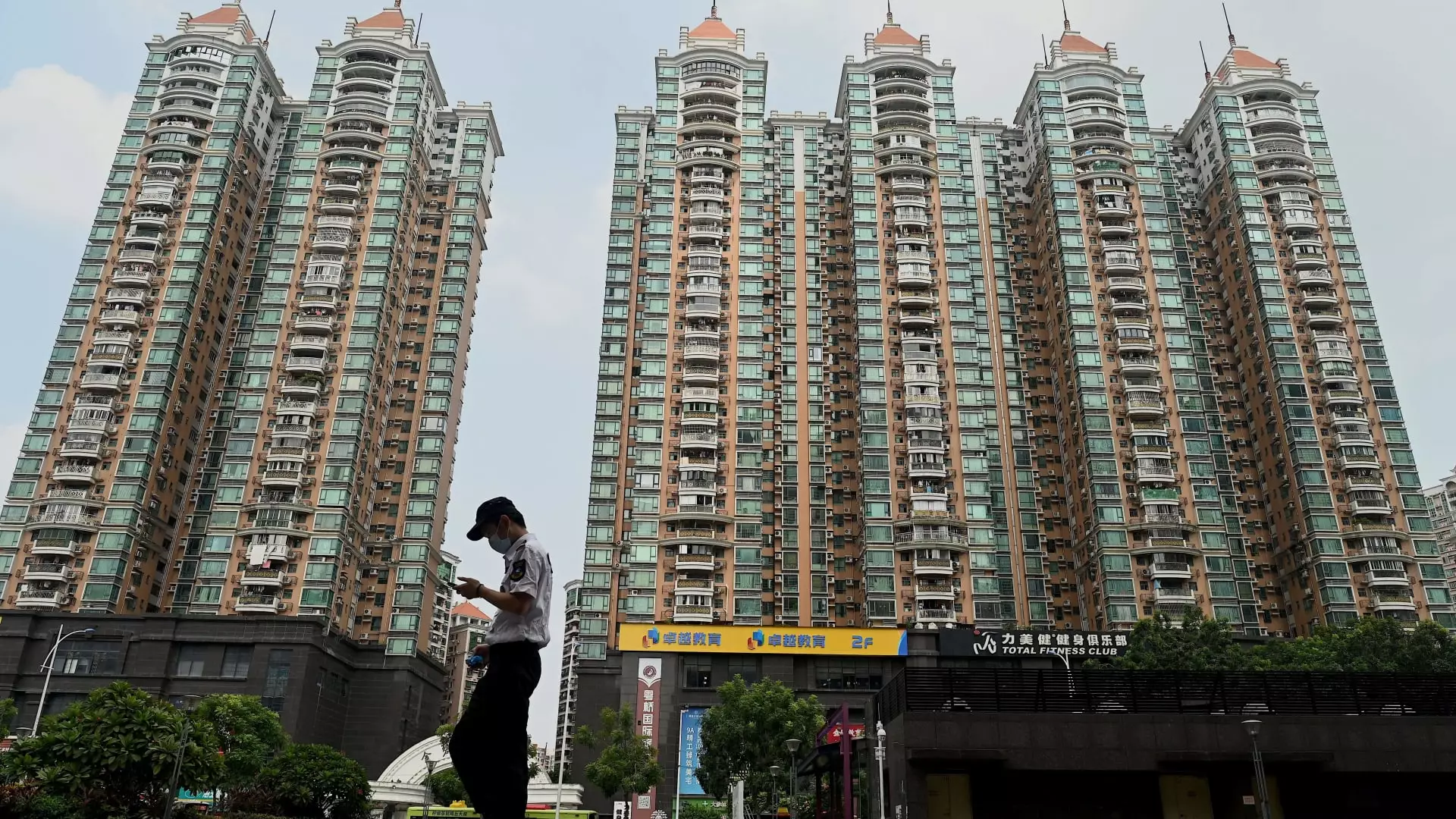The Chinese real estate sector has faced considerable challenges over the past few years, marked by a significant downturn initiated by regulatory crackdowns and high levels of debt. However, recent policy changes in several major cities reflect a concerted effort by the government to rejuvenate homebuyer sentiment and stimulate recovery in this pivotal sector of the economy. This article delves into the implications of these easing measures, analyzing how they could shape the current and future landscape of Chinese real estate.
On a notable Monday, shares of Chinese property developers witnessed an impressive rally, primarily spurred by new policies rolled out in key cities, including Guangzhou and Shanghai. The city government of Guangzhou announced the removal of all restrictions on home purchases, allowing greater access to the housing market for both local and migrant families. Previously, regulations demanded that migrant families maintain tax or social insurance payments for at least six months; now, these families can purchase properties without such barriers.
In Shanghai, the government also made significant adjustments, reducing the tax-paying requirement for homebuyers to just one year, down from three years. Moreover, the down-payment ratio for first-time homebuyers was lowered to approximately 15%. This move, alongside a modest reduction for second homes to around 25%, marks a strategic pivot aimed at making homeownership more attainable in one of China’s largest and most competitive property markets.
Similarly, Shenzhen has relaxed its purchasing guidelines, now allowing families with two children to buy two homes instead of just one. These measures across major cities signify a broader strategy to invigorate the market, potentially led by a resurgence in buyer confidence. Early indicators are promising, as the Hang Seng Mainland Properties Index jumped an impressive 8.36% on the same day these announcements were made.
While these policy changes appear to set a revitalizing tone for the market, expert analysts express caution regarding the extent of their effectiveness, particularly in smaller cities. Allen Feng from Rhodium Group observes that easing restrictions may result in a more significant uplift in demand in first-tier cities such as Beijing and Shanghai, as opposed to their second-tier counterparts. This assertion is echoed by Gary Ng, an economist at Natixis, who warns that limited impact might be witnessed where inventory levels remain high. The recent policies may stabilize the market rather than initiate a robust recovery in these less prominent urban areas.
This cautious optimism is underpinned by the broader context of the Chinese economy. Historically, the real estate sector contributed over a quarter of China’s GDP, but mounting debt concerns and regulatory pressures have led to significant disruptions. To support stability, the central government has issued directives underscoring the need to combat the downturn in the property market, suggesting a sustained commitment to strategies aimed at reversing the slide.
Despite these new policies, challenges persist. Formerly thriving developers are grappling with unsold inventory and incomplete projects. Erica Tay from Maybank Investment Banking Group highlights a particularly concerning statistic: only 4% of the floor space under construction in 2023 has been completed. To cultivate a lasting turnaround, a comprehensive re-engineering of the real estate landscape will be necessary. This includes not only accelerated project completions but also the potential to inject fresh capital into development efforts.
Furthermore, as policymakers push to stabilize confidence among potential homebuyers, the overarching goal remains to spur domestic consumption. To do this effectively, Beijing may need to enact a series of timely, targeted interventions aimed at directly addressing the root causes of the downturn rather than solely relying on easing regulations.
As China navigates the road ahead, the recent policy adjustments represent a vital step toward revitalizing its ailing real estate market. Whether these measures can translate into a sustainable recovery remains to be seen, yet they signal a governmental commitment to reversing habitual trends of stagnation. Key to this revival will be the ability of policymakers to enact further reforms that not only foster confidence but also address the structural issues faced by the sector. With a balanced approach, there is potential for the Chinese real estate market to evolve into a more stable and accessible space for all stakeholders involved.

